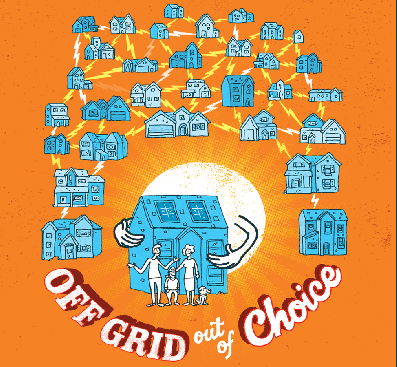
Storage: The Future of Solar
As if a house powered by the sun isn’t cutting edge enough, a new technology is poised to disrupt the entire solar industry, just as many builders are finding their way in the burgeoning field.
A new range of broader solutions like energy-storage systems and energy-management tools are on the horizon. For instance, SolarCity will produce and distribute Tesla’s new Powerwall home battery—a storage device that many believe will revolutionize the industry—in partnership with Tesla founder Elon Musk, who is chairman of SolarCity’s board of directors. Musk has said that he believes “quite strongly that solar power will be the single largest source of electricity generation by the mid-point of the century,” and he’s getting in the game with a sleek $3,000 home battery that industry experts call “utility in a box.”
Currently less than 0.1% of solar installations include storage, meaning that most solar consumers have to connect to the grid for energy during sub-optimal weather conditions. But with a solar-plus-battery system, customers won’t need to be tied to a traditional utility service, states a recent Rocky Mountain Institute (RMI) report. The report’s authors believe that “grid parity,” in which solar becomes economically and technically equal to the electrical grid, is imminent and that solar-plus-storage systems such as Tesla’s are game changers.
“We’re likely in the midst of a new era of off-grid solar PV (with batteries) within grid-accessible locations,” the report says. “The conversation has shifted from being off grid out of necessity to being off grid out of choice.”
Harvard, Mass.-based Solar Design Associates president Steven Strong, who has designed dozens of solar-powered homes and buildings and integrated an array on the White House, believes solar-plus-storage means “game over for the business-as-usual utility model.” In addition to losing customers, the utilities will need the power generated by individual solar installations to feed into the distributed systems of the future. Most utilities are doing everything they can to fight that future, which is already being played out across smart grids in Europe.
“The inertia of incumbency is paralyzing. The comfort of a guaranteed monopoly with a fixed rate of return is anathema to innovation and not easy to turn aside,” Strong says. “But solar and renewables will win. It’s only a matter of time.”



